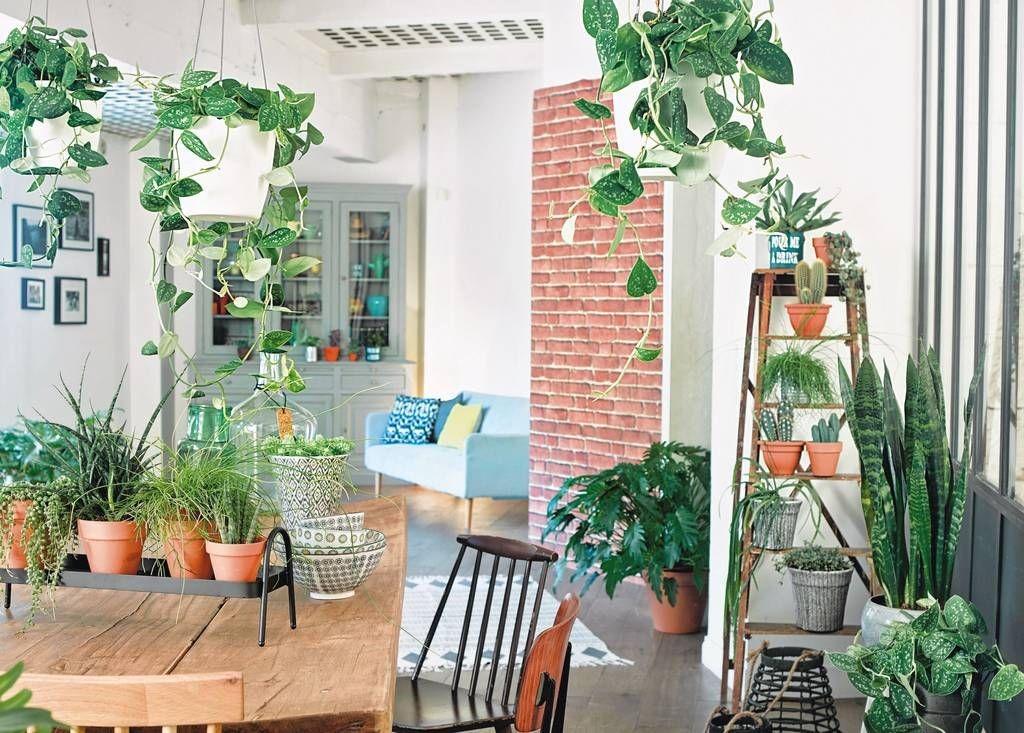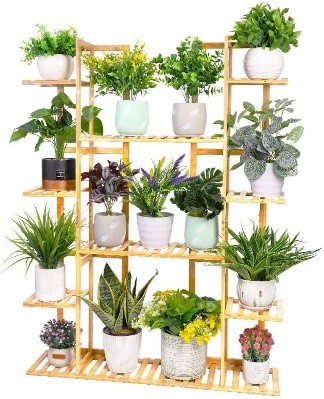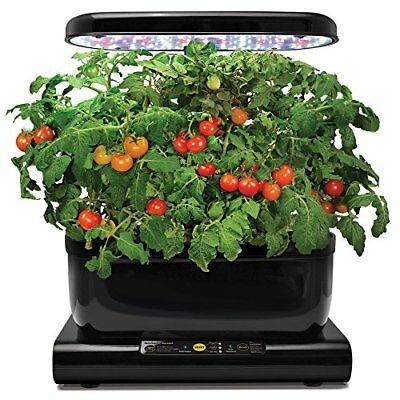Enjoy Green Living with Indoor Gardening

Indoor gardening refers to the technique of growing plants indoors, which means they can be grown in a residential area, office building, or in an enclosed structure.
Indoor gardening is useful if there is not enough space for gardening. People, living in society flats, apartments in metro cities have limited space, having a natural decorative environment is far from their imagination.
Creating an ambiance of the garden within a limited space is challenging as well as rewarding. Usually, people prefer indoor gardening for decorative purposes, like growing flowers, succulents, and hanging bunches, but some may like to grow vegetables and fruits that require extra care and attention.
Before starting on indoor gardening, the first thing to check is the appropriate container for a specific plant, as root crops need a pot of at least 12 inches depth, others as- beans, peas, etc. need 7 inches depth, and green vegetables as fenugreek, spinach may need a pot of 5 inches depth.

The next thing to pay attention to getting the soil ready, using organic potting mix will not let the soil become compacted but it will help plants grow faster instead.
Another most important thing for indoor gardening is light and air upon which the growth of plants relies.
For at least continued six hours light, the windows or the open area should be south-facing, if it is not possible, plant grow light lamps will work.
Temperature and humidity also are the considerable facts-as it changes from season to season. High condensation makes humidity levels high which could be the source of fungal disease.
Opening windows or using a dehumidifier will help remove humidity from the air.
Sometimes vining plants may require large space to grow and keeping them indoor might be a problem. The most suitable solution for this is using a trellis where the plant is directed around the sturdy trellis or the heavy fruits or vegetables can be supported by them.
There are different ways of indoor gardening, people can choose whichever way suits them. The most prevalent indoor gardening is container gardening where a container is used to hold soil, water, and the plant.

Any waste material as- broken teen boxes, bottles old mugs anything can be used as a container but the requirement of container size with plant type should match.
Hydroponic gardening is another form of indoor gardening where plants are grown with a solution of water and nutrients without zero use of soil. In this method of gardening, plants grow faster than in the soil as the nutrients absorb in water and give plants full energy to grow.
For beginners, Indoor gardening is the best way to learn gardening. Even housewives, kids can participate and express their creativity. In the comfort of home, one can produce fresh organic vegetables, flowers, and herbs, reduce the stress caused by the hectic lifestyle at the same time.
The best advantage of indoor gardening is that they purify the environment and give Green Living Benefits.
The disadvantages of indoor gardening are that big trees cannot be grown indoors, moisture regulation is difficult and one has to be available for proper care of plants.